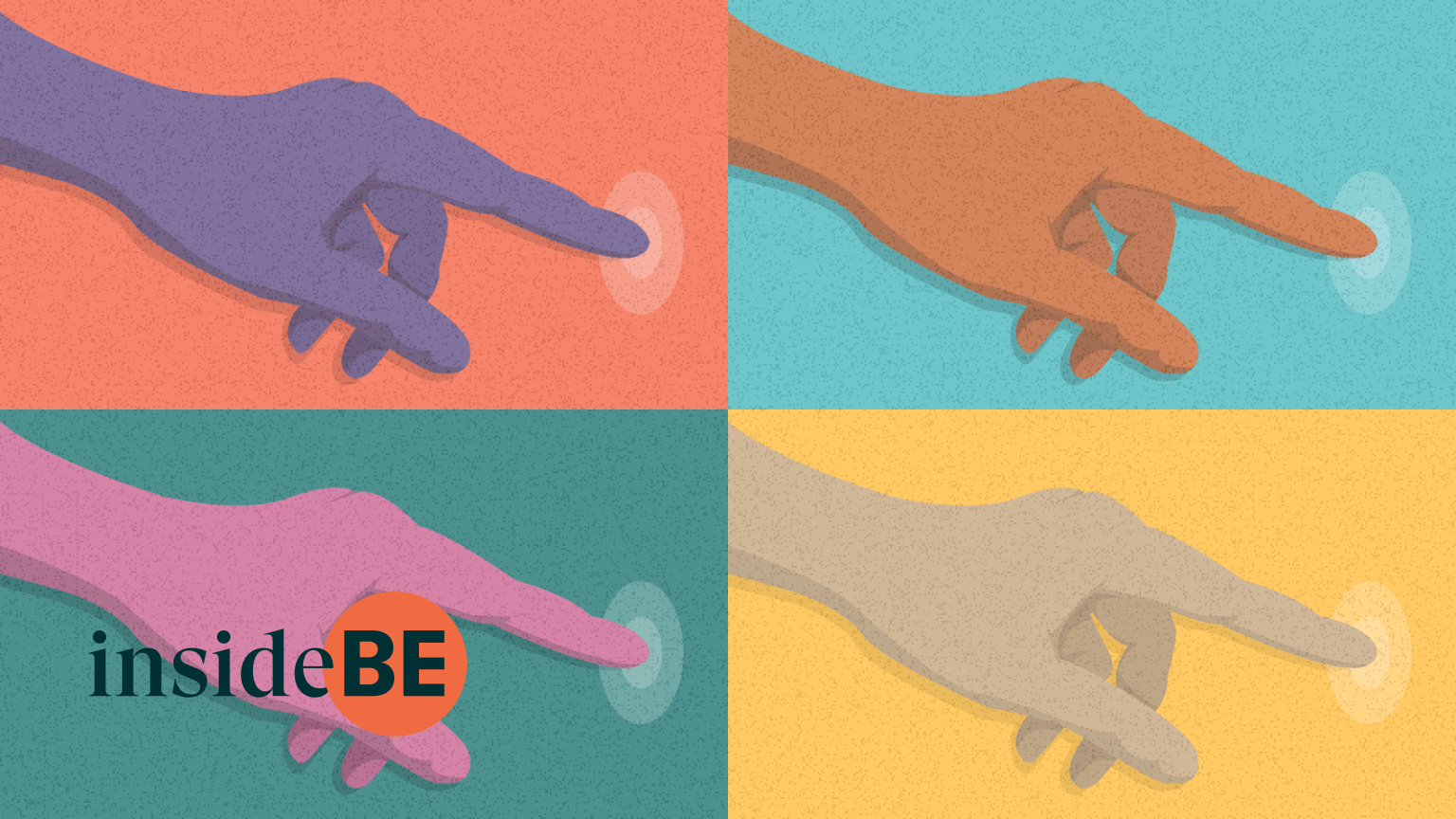Cognitive Bias - The Decoy Effect
When we have two options, the introduction of a third option (the decoy) changes our preference for one of the options dramatically. Decoys make choosing less overwhelming by taking away the stress of having to choose between two options.
The decoy effect is most effective when there are only three options:
- A target - The target is the offer you want your customer to choose. It's usually the most expensive or profitable and it’s always advantageous.
- A competitor - It’s the option competing with the target. It’s advantageous in some ways and disadvantageous in others.
- A decoy. It’s the option you add to the mix to guide the reader toward the target. Its main purpose is to make other options more attractive. It's not designed to be sold. They make it easier to justify the choice of the target.
The decoy effect is also known as "asymmetric dominance effect." The decoy must be asymmetrically dominated by the target and the competitor, with respect to at least two properties. These properties could be size and price, quantity and price, quality and convenience, storage capacity and price, and so on.
The decoy effect works best on people who are unfamiliar with the product. To be effective, it must be positioned properly.
When the decoy is very similar to the target but not clearly inferior, it can reduce the preference for the target.
When its inferiority is obvious, it increases the attractiveness of a familiar target. Decoys work better when the information provided is not particularly meaningful.
Where to use it: in your pricing pages.
How to use it
- Select the offer you want your customer to choose (the target).
- Price the decoy close to the target product but make sure it doesn't offer as much value as the target.
- Add a third option different from the target.
Great resources to learn more:





